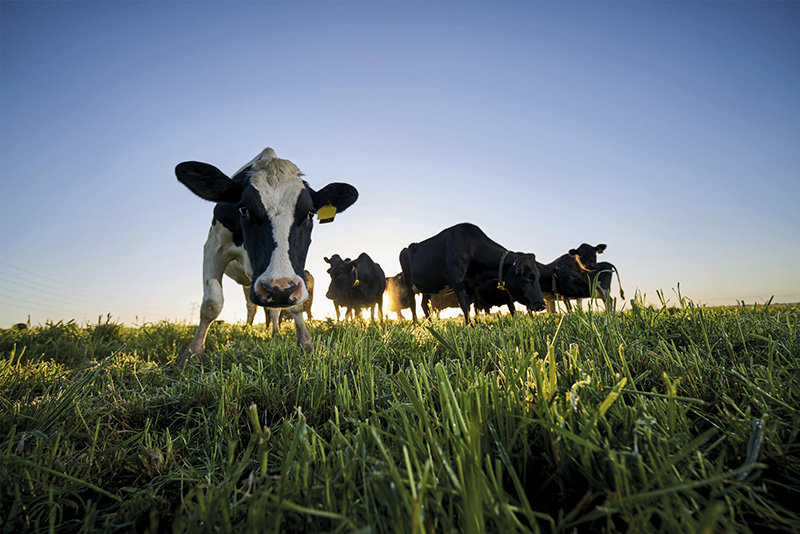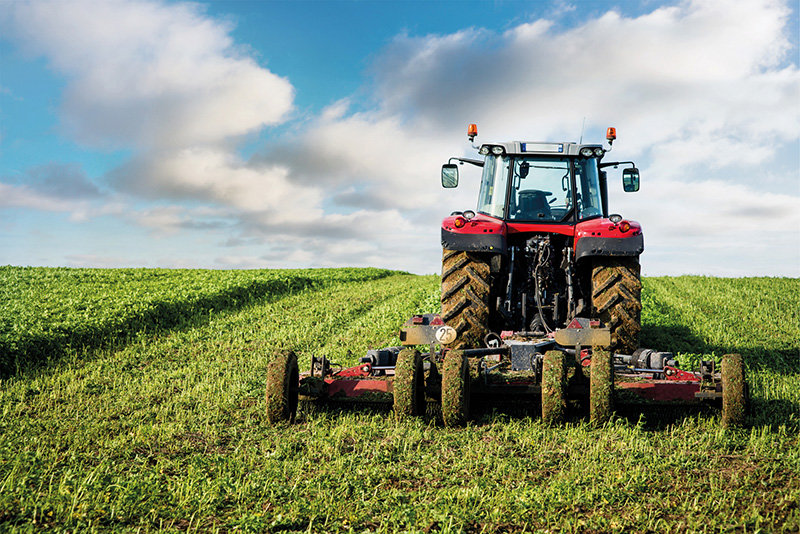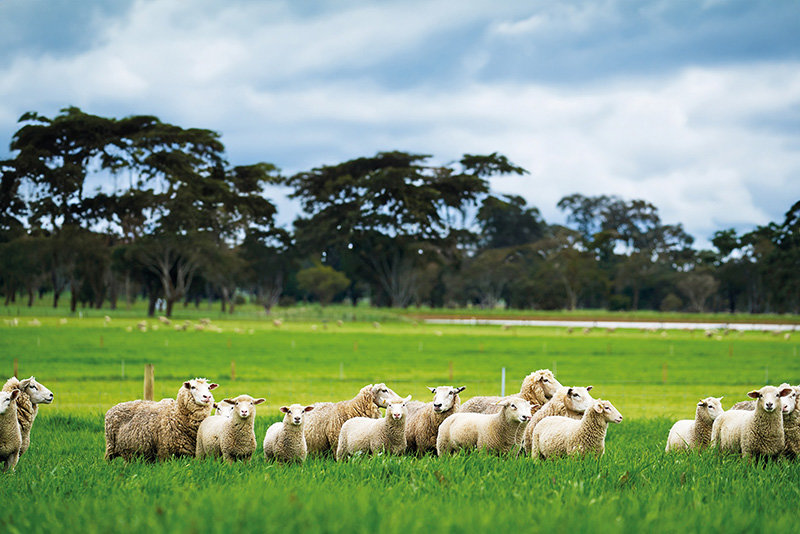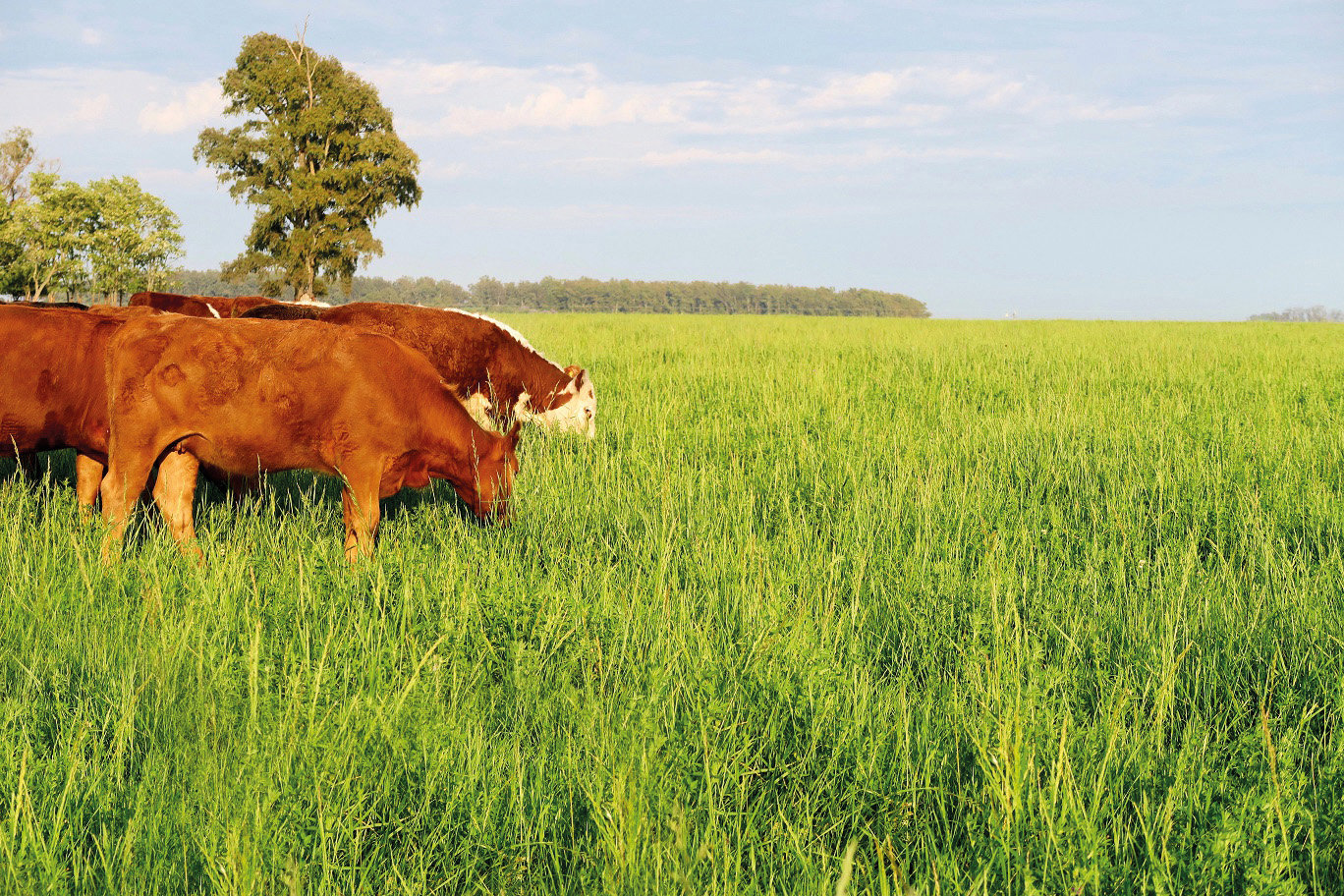“The definition will be unique to your farm, although its overall projection is likely to be the same,” she says.
“How do I make enough units to be profitable and thus stay farming?”
Those units, and their quantities, are specific to your situation, she continues. Litres of milk, kilos of beef, numbers of store lambs sold – these will be the measures that define your grass strategy, modified by preferences around breeds, input levels, labour availability and so on.

Growers’ stock choices will be a key consideration, Janet emphasises. “Are you fattening stock, are you producing youngstock for breeding, are you after maintenance or growth?” Evaluating those needs, she says, will help growers prioritise their grass strategy for quality or quantity.
“And then a really important point to ask yourself: are you satisfied with your current production? If you had the freedom to change, what aspects would you seek to alter – and why?”
In talking to farmers up and down the country, Janet says examples for the ‘wish list’ commonly include ideas such as the ability to outwinter stock more, curiosity about herbal leys, or the growing interest in SFI packages.
Working further back from this, Janet’s next questions for the grower looking to sharpen their overall grass strategy will focus on how those production goals are to be met and managed.
“Is it quality you need to change? Perhaps you want to increase the amount of grass taken ‘in’ the field, with less emphasis on conserved forage. You might want to change the peaks of grass production, too, to produce more in the winter or in the summer.”
Armed with this information, it’s easier to navigate and understand the myriad product options – seed mixtures – available.

“What’s important to know about the seed mixtures is not only what’s in them, but also how that diversity allows them to be used in different ways,” notes Janet.
“We put a lot of effort and practical research into making sure that a grass-seed mixture is fit for purpose: that it does what it says on the bag, and that all its components work well together,” she explains.
But it’s that diversity that allows the same mixture to be used for different production goals, in different situations.
“By tweaking your management of that mixture – when you apply nitrogen, how much, when you cut it, how you graze it, and so on – you can use the same mixture to give you a whole host of different options.”

Each component of each mixture, and then each mixture itself, has had its performance metrics tested and recorded at Barenbrug’s Cropvale Research Station in Worcestershire, Janet continues.
“That means we’re always confident about the quality of each bag of seed, as well as its suitability and versatility for a range of different requirements and expectations.
“It’s your grass strategy in a bag, right there.”







